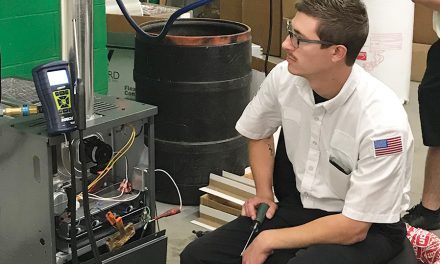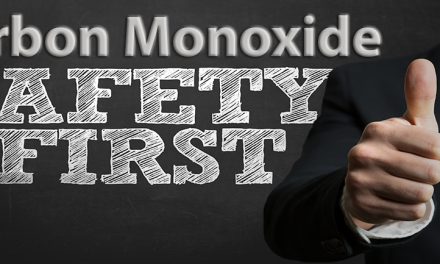Recognition of this was born out in comments made by Satoru Akama, president of the Goodman/Amana business unit during the High-Performance HVAC Summit in April 2019.
He said, ‘When a unit leaves our factory, it’s only a structured combination of aluminum, copper, and plastic components assembled together. It’s just a piece of a system, nothing else. It gets life and becomes a product only when professional contractors like you install it properly. Moreover, you give it a long life by maintaining it for customers.
‘We design, engineer, and assemble pieces and components, but you give them life. I thank all of you for giving life to our products.’
It appears that we have come to a fork in the road as an industry. We may be in a place today where quality contractors in any marketplace will be defined by their technicians being capable of doing whole system performance analyses (starting with airflow). This means:
- Having technicians capable of making precise measurements
- Making sure technicians can make the situation understandable by homeowners.
Here is one example of why Performance-Based Contracting may be the dominant training need in our industry today:
Recently, National Comfort Institute (NCI)-trained technicians tested 856 existing systems nationwide. What they found may strike you as startling. Sixty percent of the systems tested showed deficient airflow. Much of that was due to ductwork deficiencies. These caused customer complaints like poor comfort or high utility bills, and both generated callbacks.
This shows that the general rules of thumb used by much of the HVAC industry regarding ductwork are not working. With proper testing, deficient ductwork can be identified, and with proper training, the technician or Comfort Advisor can be trained to show the customer:
- The problem, based on objective data
- Options for solutions
- Potential consequences of not resolving the issues.
They can then let the customer decide on how to proceed.
This can be done in a manner that is unlikely to generate any pressure or risk the sale of equipment. In fact, many contractors who have adopted this style of serving their customers claim that it has increased their likelihood of making the sale.
If your company is one that needs to increase equipment sales ratios and cut service callbacks down dramatically, here are some easy steps to begin ‘upping your game:?
- Become a student of Performance-Based Contracting
- Track and interpret technician performance so you can see how your training investments pay you back
- Expect to celebrate with your team.
If these issues seem too complex, time-consuming, or too expensive, please contact me with your questions. Sometimes what appears to be a huge mountain is really just climbing an easy slope. Many contractors have kept this kind of project simple and affordable. You can too.
Dennis Mondul from HVAC Contractor Solutions (HCS), has been doing consulting and training for HVAC contractors in North America since 1992. The HCS mission is to show contractors how other contractors increase the quality of life for their families, employees’ families, and delivered a better-quality service to their customers. He can be reached at dennism@hvaccsllc.com.













Recent Comments